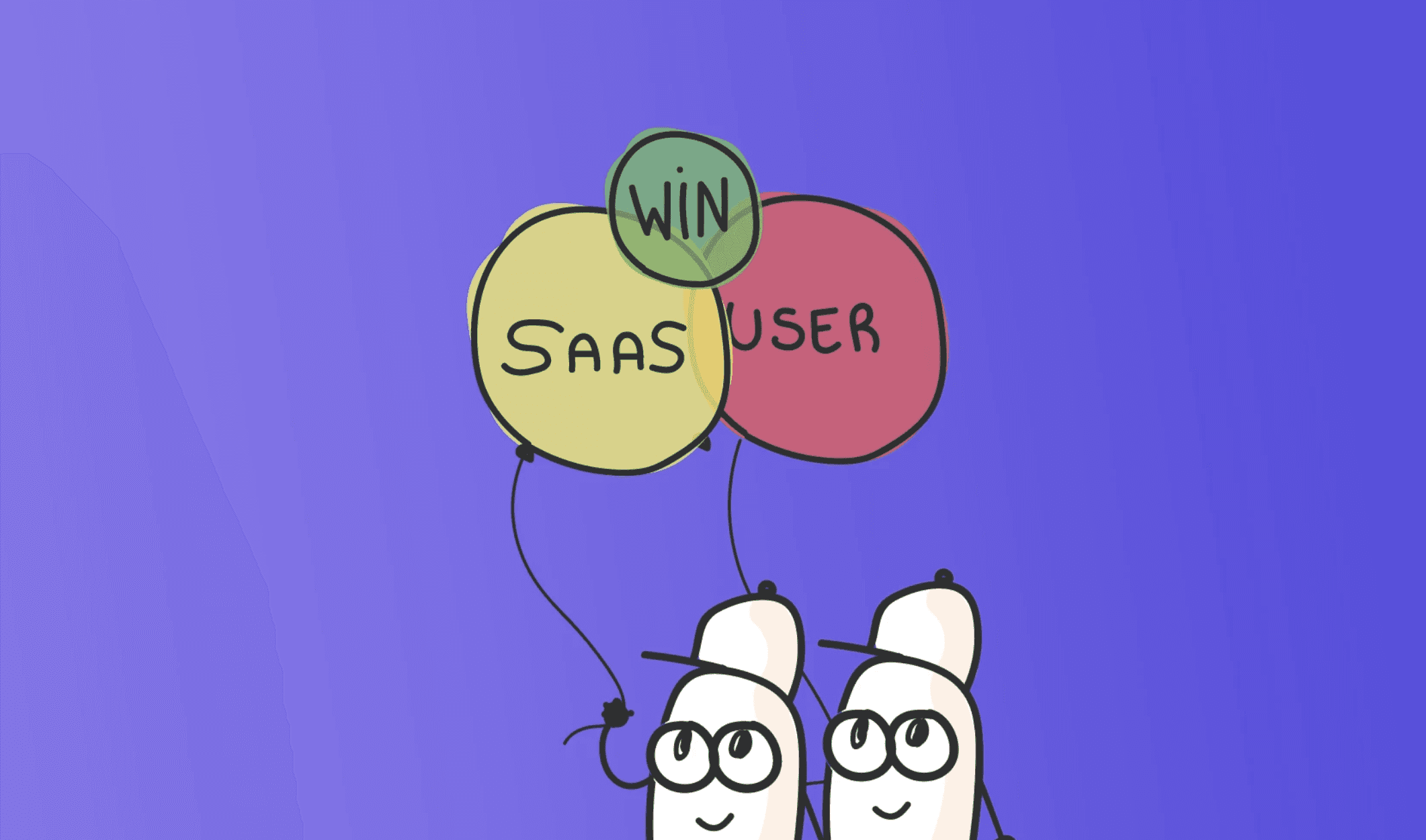
Navigating today's dynamic business world requires agility, foresight, and a deep connection with consumers. Enter customer-led growth, a business approach that places customers at its core, driving every major decision.In this paradigm, it's not just about selling a product or service. It's about creating an ongoing dialogue with your audience, understanding their evolving needs, and adapting in real time. Such a strategy doesn't just prioritize customers—it is sculpted by them.This strategic shift ensures that businesses remain relevant, responsive, and resonant in an era where customer expectations are continually shifting. In this post, we'll uncover why adopting a customer led growth strategy isn't just beneficial but crucial for companies aiming for sustained success.
1. Deepens Customer Understanding
At the core of any successful business is a thorough understanding of its customers. When you know what your customers want, dislike, or are indifferent about, you're armed with powerful insights. Take Apple, for instance. They've consistently been attuned to the needs of their users, crafting products that resonate deeply.This connection goes beyond just delivering a product or service. It's about creating experiences tailored to real desires, and that requires genuine understanding. This knowledge isn't just acquired through market research or data analytics; it's about fostering a culture that actively seeks and values customer feedback.
2. Boosts Brand Loyalty
According to statistics, the U.S. witnessed a 14% decline in customer loyalty from 2022 to 2023, dropping from 79% to 68%. This statistic is a stark reminder of the fickle nature of customer allegiance in today's market.Now, imagine you've shared feedback with a company and seen them act on it. Wouldn't you feel a stronger connection to that brand? That's the power of customer-led strategies. When customers witness their opinions shaping a product or service, they trust the brand more.This trust isn't just a fleeting feeling; it's an emotional investment that translates into brand loyalty. In a landscape where loyalty is rapidly diminishing, the value of fostering such trust is immeasurable. It ensures that customers return, talk about your brand, and even defend it. In a saturated market, brand loyalty isn't just beneficial; it's gold.
3. Drives Product and Service Innovation
It's easy for businesses to fall into a rut, recycling old ideas and missing out on groundbreaking innovations. But when you're attuned to your customers, you receive a treasure trove of fresh ideas. After all, who better to tell you what's missing in the market than the people using your products?Take the example of LEGO. Through their online platform, fans can submit designs. Some of these fan-made designs even become official sets. This approach keeps LEGO innovative and deeply connected with its user base.
4. Reduces Business Risks
Every business decision carries a risk, particularly when competitors are constantly innovating, especially in today's dynamic market landscape. But imagine reducing the uncertainty in these decisions by leveraging customer insights. Given that these insights reflect current needs, by grounding decisions in what customers are saying, businesses can avoid costly mistakes.Instead of investing blindly in features or products that the market might not want, or chasing after fleeting trends, you have a clearer path. Incorporating real-time feedback ensures relevance and adaptability, making businesses more agile and responsive. A customer-led approach acts as a compass, guiding businesses away from potential pitfalls and towards more fruitful, customer-approved opportunities.
5. Enhances Overall Business Growth
All the reasons mentioned converge to one major benefit: tangible business growth. Satisfied customers don't just make a single purchase; they often become repeat buyers, refer friends, and become brand ambassadors. This ripple effect boosts multiple facets of a business.Marketing becomes more effective because it's based on real feedback and genuine user experiences. Sales increase as products resonate better with the target audience. Operations streamline as they align more with customer needs. This alignment then fosters efficiency and optimization. The cumulative effect? A robust, sustainable growth trajectory.
Challenges in Implementing a Customer-Led Growth Strategy
As with any strategy, adopting a customer-led approach isn't without its challenges. One common hurdle is the fear of negative feedback. But here's the thing: feedback, both positive and negative, is a goldmine. Negative feedback offers a direct window into areas of improvement.Another challenge is resistance to change. Shifting to a customer-centric mindset might seem daunting, but the results, as outlined above, make the journey worthwhile. The key is to start small, gradually integrating customer feedback into decisions and witnessing the transformative effect it has.
Final Thoughts
In today’s rapid business world, companies that adapt with their customers are the ones that will flourish. Customer-led growth is more than just a trendy term; it's a powerful approach promoting understanding, loyalty, and innovation. As you plan your company's direction, consider whether you are simply chasing market patterns, or you allowing your greatest resource, your customers, to guide you.



